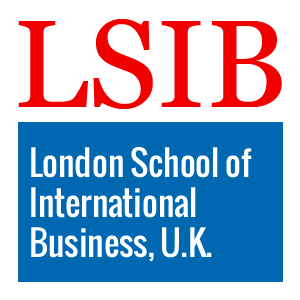Virtual Reality Audio Mixing Techniques: The Insider's Guide
Published on June 25, 2025
About this Podcast
HOST: Welcome to our podcast, where we explore the latest trends and techniques in audio engineering and VR development. I'm thrilled to introduce our guest today, an expert in the field of virtual reality audio mixing. Welcome! Can you tell us a bit about your background and how you got started in this exciting industry? GUEST: Thanks for having me! I've been working as an audio engineer for over a decade, and my passion for innovation led me to explore VR audio mixing. I saw its potential to revolutionize the way we experience sound. HOST: That's fascinating. Now, let's dive into your course, "Virtual Reality Audio Mixing Techniques: The Insider's Guide." Can you share what inspired you to create this comprehensive resource? GUEST: Absolutely. I noticed a gap in the market for practical, hands-on guidance on VR audio mixing techniques. I wanted to provide a comprehensive guide that would help audio engineers and VR developers enhance their skills and create more immersive experiences. HOST: Speaking of immersive experiences, can you tell us about the importance of spatial audio in VR and how it contributes to realistic soundscapes? GUEST: Spatial audio is crucial for creating a convincing sense of presence in VR. By accurately positioning sounds in 3D space, we can make users feel like they're truly inside the experience, rather than just observing it from a distance. HOST: That makes perfect sense. Now, what are some of the challenges you've faced when designing VR audio, and how have you addressed them in your course? GUEST: One major challenge is accounting for the various ways users can move and interact within a VR environment. In the course, I provide strategies for anticipating and adapting to these unpredictable factors, ensuring a seamless and engaging audio experience. HOST: Great, it's important to be prepared for those unexpected situations. Now, looking toward the future, what trends or advancements do you see on the horizon for virtual reality audio mixing? GUEST: I believe we'll continue to see improvements in real-time audio processing, allowing for even more dynamic and responsive VR experiences. Additionally, I expect to see greater integration of machine learning and AI in the field, enabling more sophisticated audio analysis and synthesis. HOST: That's incredibly exciting! Thank you for sharing your insights and experiences with us today. I'm sure our listeners have gained valuable knowledge and are eager to explore the world of virtual reality audio mixing further. GUEST: My pleasure! I hope your audience finds the course informative and engaging, and I look forward to seeing how they apply these techniques in their own projects. HOST: To learn more about our guest's course, "Virtual Reality Audio Mixing Techniques: The Insider's Guide," visit [insert website or promotion link here]. Thanks for tuning in, and we'll see you next time on our podcast!
